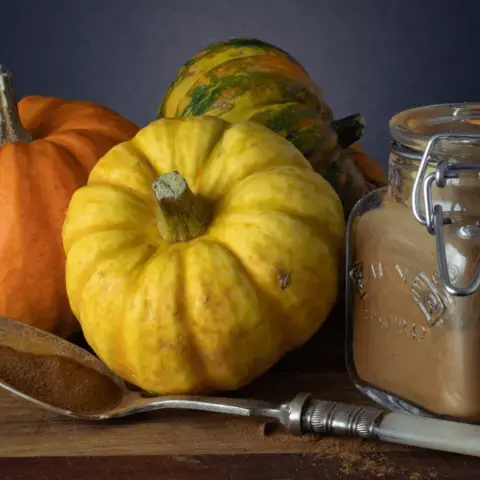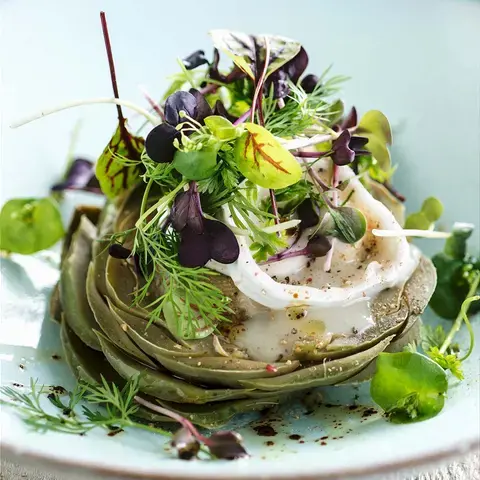Where is Sorana bean from?
The Sorana bean, or piattellino as it is called locally, is a small white bean with an irregular flattened shape, grown on small plots of land along the river Pescia in Pistoia province. These lands, about ten hectares in all and located at an altitude ranging between 200 and 800 metres a.s.l., extend for roughly four kilometres. They were reclaimed by the Medici between the 16th and 17th centuries and donated to those who had contributed to their reclamation.
This sandy and calcium-deficient soil is perfect for the farm workers who have handed down the seeds of these beans from one generation to another and continue to grow them here. The water containing very little limestone, a high level of humidity and an excellent exposure to the sun are the ingredients which make this bean unique. Also in the municipal area of Pescia, it is sometimes grown in poggio or in vigna, as they say in this corner of Tuscany. However, the most exclusive product comes from the area known as Ortochiaro.
How is Sorana bean grown?
The sowing of the seeds follows what almost amounts to a magical ritual. During the last moon of May, and strictly with local seeds; no chemical weed killers are allowed. The seed produces a plant which grows to four metres in height and the lance-shaped leaves coil around the supports planted in the ground, from left to right.
Harvesting is carried out manually, as tradition demands, between August and September. Then the beans are left to other hands, those of the autumn sun which completes the drying phase, and “beaten” in the farmyard using a special cane.
During the winter months they are stored in special containers to which peppercorns, valerian roots and bay leaves are added. Once dried and packaged, they are available all through the year, because only the dried beans carry PGI certification.
How to cook Sorana beans
No matter how they are to be cooked, it is necessary to soak the well washed beans in water for at least 12 hours. The most traditional way to enjoy them is to boil them in unsalted mineral water for at least one and a half hours, before straining and dressing with Tuscan olive oil while the beans are still warm.
Their perfect pairing is with sage, a clove of unpeeled garlic and a twist of white pepper. They are particularly popular served the Tuscan way, all’uccelletto, with tomato sauce or with sausage.










